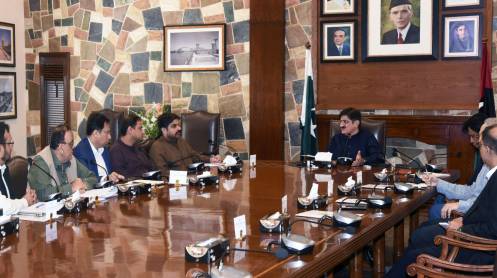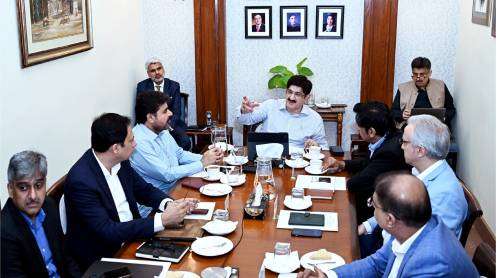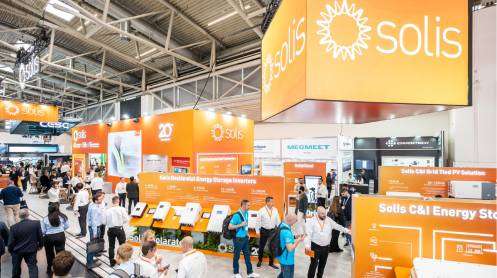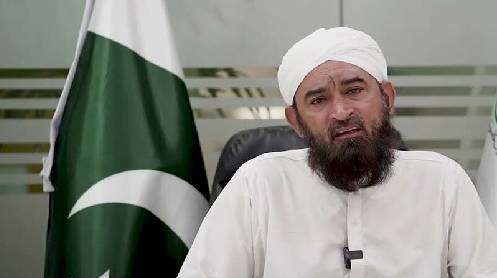Karachi: A comprehensive progress review meeting of the Sindh Solar Energy Project (SSEP) was held under the leadership of Chief Minister Syed Murad Ali Shah. The meeting was attended by key officials including Energy Minister Nasir Shah, Mayor Karachi Murtaza Wahab, Principal Secretary to CM Sindh Agha Waqar, Chairperson of P&D Najm Shah, Energy Secretary Kazim Jatoi, and Treasury Secretary Fiaz Jatoi.
During the briefing, Energy Minister Nasir Shah informed Chief Minister Murad Ali Shah about the SSEP, which has been initiated with a collaboration of 26.86 billion rupees from the World Bank. This year, 3.6 billion rupees have been allocated for the project.
The SSEP comprises four main components:
Establishment of 400 megawatts solar parks.
Provision of electricity through solarization systems up to 50 megawatts for government buildings.
Installation of solar home systems for 200,000 houses and setting up a solar testing lab.
Setting up a 250-acre, 50-megawatt solar park in Jamshoro.
Additionally, a 120-megawatt solar park is being established on 612 acres in Deh Hakhani District West, while another 150-megawatt solar park is being set up on 600 acres in Deh Mitha Ghar District Mirpur.
Feasibility studies for solar power projects in Manjhand and Karachi have been completed, with qualification for solar power projects in progress. A request for proposal (RFP) for solar power in Manjhand is pending with NEPRA.
Chief Minister Murad Ali Shah directed the Energy Minister to participate in NEPRA’s meeting personally to clear the projects. Work on the solar powering of Karachi’s buildings is set to commence soon as per the directive of the Sindh Energy Department.
Furthermore, Energy Minister Nasir Shah highlighted the solarization of government buildings. Currently, 110 buildings are being solarized, with 33 to 34 hospital buildings already completed in the first phase. The remaining work on Jacobabad site will finish by the end of this month. In the second phase, 34 hospitals will be equipped with 21-megawatt solar panels. Approximately 35% of the work on these buildings is already completed.
The Chief Minister instructed the Energy Department to assess the benefits of solarizing hospitals and to propose solar electrification for small houses. He also directed the department to collect proposals for village solar/wind hybrid system under the PPP mode.
Chief Minister Murad Ali Shah emphasized the need for a sustainable model for village solarization projects that communities can maintain. The Sindh government will convert batteries and provide maintenance for these projects.
Furthermore, the Chief Minister was informed about the availability of a 130-megawatt feasibility study for micro hydel power sources. High-altitude power can be generated at the Gaddu Barrage (42 megawatts), Rohri Canal (9 megawatts), and Nara Canal (15 megawatts).








